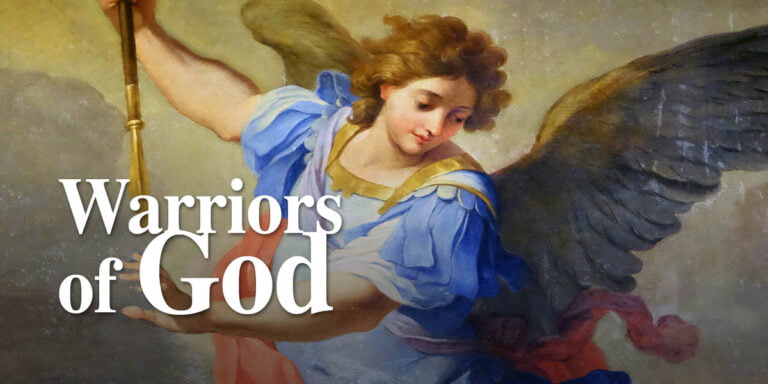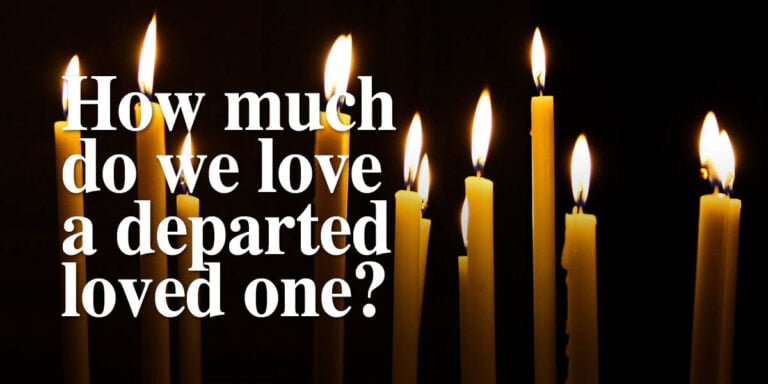All About Catholicism
- All
- Alta Vendita
- Angels
- Catechism
- Christmas
- Church Doctors
- Defend Tradition
- Dogma
- Eucharist
- Feast Day
- Feminism
- Freemasonry
- Hagiography
- Heresy
- Holy Rosary
- Latin Mass
- Lent
- Lipa Apparition
- Marian Apparition
- Mariology
- Martyrs
- Meditation
- Miracle
- Modernism
- Nana Masay
- Others
- Pandemic
- Parables
- Philosophy
- Popes
- Prayers
- Priesthood
- Prophecy
- Protestantism
- Sacrament
- Sacramental
- Saints
- Scapular
- Symbolism
- Tradition
- Vatican II
There's a recent news that more than 500 thousand of Germany's Catholics left the church. One of the main reasons is the attitude of the church towards sexual abuse which they seek justice. Second, they want a bigger role for women in the church. Third, acceptance of the LGBT and lastly, allowing divorce in the Church. These reasons are not only happening in Germany but also in other parts of the world. Many faithful wish to have another reform for these matters. But, is it right that we leave the church because of these scandals, crimes which involve some priest and then no actions were taken? Or we leave the church because it does not do what we wanted such as same-sex marriage and women clergy. Here is why we should not leave the church.
To Continue about the apparition of the Blessed Virgin Mary in Lipa, we shared some of the similarities of this Apparition to the previous apparition in the part one of these articles. The sign, the number fifteen, her name and the suffering and sacrifices of the seer.There are those who may claim that Sr. Teresita or the people at the Mount Carmel Monastery are aware of other apparitions and are imitating them. But here are some other proofs that the Apparition in Lipa is true.
On August 7, 2023, Dr. Robert Masigno, President of Confraternity of Our Lady of Mediatrix of all Grace, sent a message to the CBCP President, Bishop Pablo Virgilio David about the Vatican's letter prohibiting them to host the celebration of the Feast of the Most Holy Name of Mary in Our Lady Mount Carmel in Lipa, Batangas this September 12. But why does the Vatican prohibit them to host this Marian Event? The reason is the apparition of the Blessed Virgin Mary in Lipa to Sr. Teresita on September 12, 1948. Is this apparition true or just created by a woman who wants attention? Or a devil in disguise to fool this nun just like the exorcist, Fr. Cabading stated? Before we answer that, let us share a brief history of the Apparation of the Blessed Virgin Mary in Lipa.
The Traditional Latin Mass, often known as the Tridentine Mass, has recently been mentioned in the Catholic media. Some faithful, including young ones, learn about this Holy Mass and begin to attend it rather than the Mass that is currently generally observed, the Novus Ordo Mass. It was then restricted by Pope Francis, which led to more disagreements between orthodox and modernist Catholics. With Sister Wilhelmina Lancaster's newly discovered incorrupt body and her attendance at this Holy Mass, the Traditional Latin Mass becomes a major issue in both Catholic media and social media. We have recently been accustomed to hearing about Archbishop Marcel Lefebvre, Pope St. Pius X, and particularly Pope St. Pius V, who promulgated the Tridentine Mass by his Papal Bull, Quo Primum.
We Christians yearn to see our Lord Jesus Christ, to speak with Him, to hug Him, and to hold His hand. We want to be near Him. We forget that we are already close to Him and never notice it because we live in this modern era. Previous generations, prior to Vatican II, were aware of this, but some of us today are not. Unfortunately, some of our priests today do not teach this to the people because some of our churches do not have catechism. Some were influenced by protestants as a result of Vatican II.
When we participate in the Holy Mass, we are physically and spiritually near to Christ. Some of us, together with our guardian angels, adore it. The others, regrettably, disrespect it both consciously and unknowingly. The Holy Eucharist, which consists of the Body and Blood of Christ, is what I'm referring to. Let's review the fundamentals of the Holy Eucharist by responding to these often asked questions.
This June 8 and June 11, the church celebrates the Feast of Corpus Christi (from the Latin word “Body of Christ"), also known as the Solemnity of the Holy Body and Blood of Christ. Catholics are obliged to attend Holy Mass on this day. We celebrate this feast to remember the Real Presence of our Lord’s Body, Blood, Divinity and His Soul in the Holy Eucharist.
The world is full of challenges. Men always strive for perfection. It is in his nature to be good as he was created from the image of God. Yet he bears the sin of man which makes him weak and vulnerable of his own free will, like warriors facing daily struggles and battles. The Holy Catholic church have given us great warriors, both young and old. Their life and struggles are inspiration for any age in battle.
The whole month of November is traditionally celebrated by Catholics remembering their departed loved ones. November 2 to be exact is All Soul’s day and everyone is expected to offer a Mass and prayer for the holy souls in purgatory. All of us surely knows a family, relative, a dear friend or love one who passed away. We have cherished memories and enjoyed life with them. But how much do we love them, does it end with their life? Time may heal our pain of losing them, but will the pain of the departed fade in the afterlife as well?
Traditional Catholic societies have suffered in the past because of their brethren in the Church. They condemned the movement of these societies because they believe that the traditional way of life is not fitting in with the modern world, just like the Vatican II taught. Though many Catholics, including those who did not experience the Tridentine Rite, treat the Novus Ordo Mass as the Traditional one. Even though the Novus Ordo Mass started out as solemn, it has gradually introduced more Protestant gestures that remove the holy sacrifice of the Mass.
The Tridentine Mass or the Traditional Latin Mass is still restricted and can only be attended by the parishes or churches that are under the Traditional Catholic Societies or communities. Since the SSPX (Society of St. Pius X) has its bishops unlike other Traditional societies, they slowly built churches in every part of the world where some people discover the beauty of the Traditional Latin Mass. And since many Traditional Societies have been formed in the past years after the promulgation of the Novus Ordo Mass, followers of the Traditional societies are spreading the word of the importance and truth about the Sacred Tradition and the Sacred Rite of the Holy Mass.
When Archbishop Lefebvre established the Society of St. Pius X (where he used the name of Pope St. Pius X because of the Saint’s battle against the evil of Modernism) following the promulgation of Pope Paul VI’s Mass, also known as the Novus Ordo Mass, it caused controversy in the Catholic Church but provided hope for those who still adhere to the Catholic Tradition. When Pope John Paul II declared Archbishop Lefebvre and his newly consecrated bishop to be schismatic, they were automatically excommunicated (but not the whole SSPX).
Following Vatican II, we are now witnessing changes in our church. Perhaps some of us, including Millenials and Gen-Z, are unaware that our Holy Mass has become more like a protestant service since Pope Paul VI instituted the Novus Ordo Mass, in which the priest now faces the people, the language has become vernacular, and Gregorian Chant has been replaced by modern music. Liturgical dances and applause are now included in the Holy Mass, and some parishes have their own version of the Mass, which Pope St. Pius V fixed when he promulgated the Tridentine Mass to unite the Church. The Church is now open to other religions, with the Pope and Cardinals visiting different religions, participating in their rituals, and praying to their gods, which violates God's first commandment.
Mariology
The Blessed Virgin Mary holds many revered titles in the Catholic tradition, but one of the most ecclesially significant is “Mother of the Church” (Mater Ecclesiae). Officially proclaimed by Pope Paul VI during the Second Vatican Council in 1964, this title affirms Mary’s unique and enduring role in the life of the Christian community. However, it is also a title that is not universally accepted across all Christian denominations, particularly among many Protestant communities.












